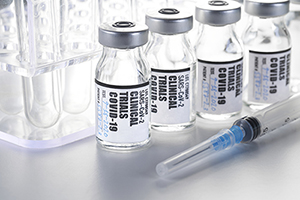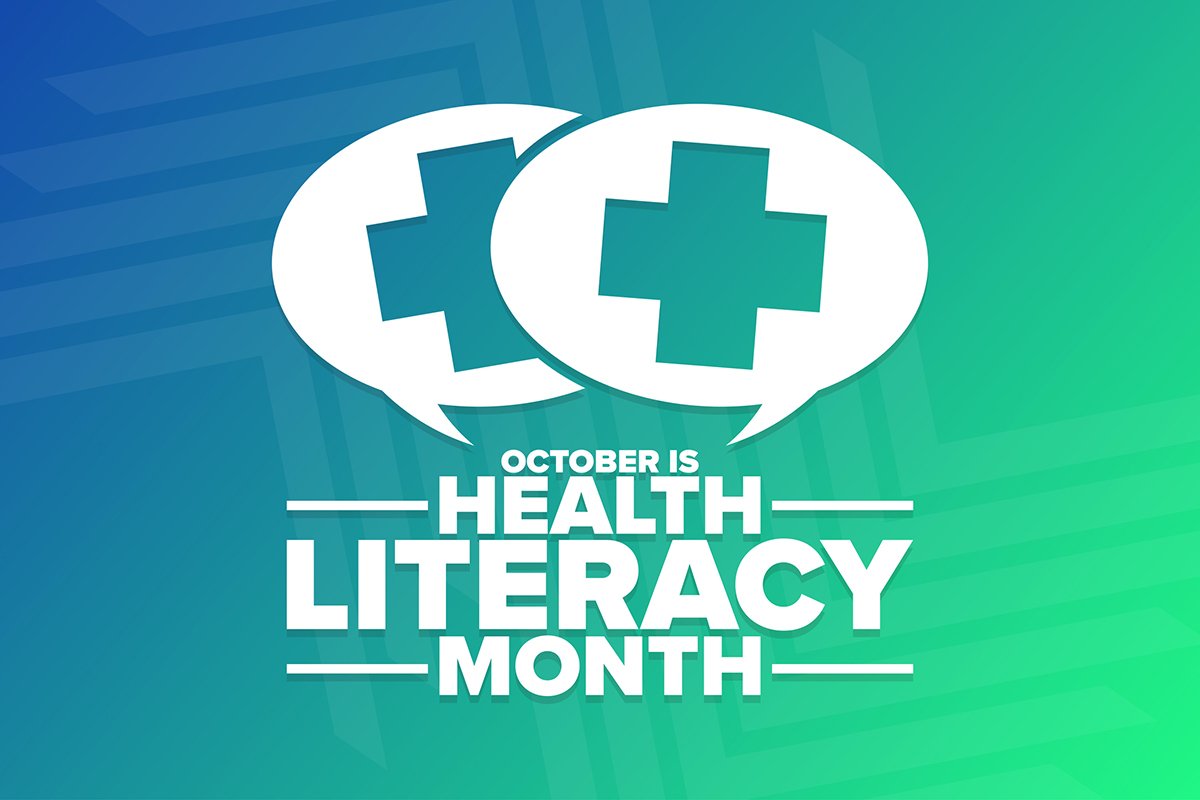Let me begin by saying this is not an anti-vaccination screed.
I know full well that passions run high on this issue, but remember Will Smith’s portrayal of a lone pandemic survivor in the 2007 movie I Am Legend? With savage, infected zombies roaming New York’s desolate streets, even the most ardent anti-vaxxer would probably have gladly stepped up to take a potentially protective jab.
But the movie also conjures the scary downside of hastily concocted vaccines. Things go horribly wrong when a captured zombie becomes an unwitting guinea pig for a supposedly curative shot. And, by the way, the viral apocalypse itself is triggered by the “Krippen Vaccine” or KV, a bio-engineered shield against cancer gone terribly awry.
For the record, Will Smith has said in interviews lately that he regrets the movie’s messaging may have undermined acceptance of vaccines. Ya think?!
Returning to the realm of rational discussion, the COVID-19 pandemic still rages, delaying plans to end lockdowns. Some predict a resurgence or “second wave,” even though we still may remain in the grips of a first wave. For many health authorities, the only path to normalcy is via creation of a safe and effective universal vaccine. There are at least a dozen plausible candidates. It’s called “Operation Warp Speed”. Seriously.
What would it take for it to work?
There are enormous technical challenges. HIV has been around for nearly 40 years, and still no vaccine, though not for lack of trying. The common cold remains a scourge despite the lucrative potential of a protective shot. Flu vaccine efficacy is only partial—some years as low as 20%.
And care must be taken that the vaccine doesn’t backfire, causing healthy people to develop adverse reactions. Since all vaccines stimulate an immune system response, it’s hard to develop one that homes in laser-like on an unwelcome pathogen without collateral damage. We’ve seen this with previous vaccines, like the Swine Flu vaccine of the 70s that was hastily introduced to combat a pandemic that ran its course, but not before many inoculated individuals developed Guillain-Barré syndrome, a serious paralytic disease.
But let’s posit that a “Moonshot” effort yields a plausible vaccine candidate.
The New England Journal of Medicine just wrote a very balanced article about obstacles to vaccine acceptance. They note that even if a shot can be developed, “a recent poll found that only 49% of Americans planned to get vaccinated against SARS-CoV-2.”
And, instead of calling for draconian edicts to make the shot mandatory, they make some reasonable points.
The first is that the vaccine should only be deployed if there’s evidence that COVID-19 “is inadequately controlled in the state by other measures, such as testing, contact tracing, and isolation and quarantine — as indicated by sustained, troubling trends in new cases, hospitalizations, or deaths.”
One could easily imagine a scenario in which, months or even years hence, by the time the vaccine is ready and thoroughly safety-tested, the number of cases dwindles, and SARS-CoV-2 becomes a minor annoyance, cropping up seasonally, but causing much less devastation than at present. Partial herd immunity might hasten this, with low-double-digit percentages of the population seemingly acquiring it, as seems to have happened in the Northeast. Or the virus might mutate towards less ferocity, as some scientists predict. With experience, better treatments may be devised to save the lives of the sickest patients.
To ease acceptance, the New England Journal recommends that the vaccine only be rolled out at first for vulnerable individuals—the elderly, people with underlying conditions—and health professionals/workers at risk of contracting or transmitting the disease.
They also emphasize the need for “transparent communication of the best available evidence about the vaccine’s safety and efficacy.” With high levels of public distrust, there needs to be a full airing about the risk/benefit equation associated with opting in. How effective is the shot? 20%? 50%? 90%? If you have only a small chance of getting ill, and a virtually negligible chance of dying, is the vaccine worth taking?
And a wary citizenry will no longer settle for repeated blandishments that “there are only very minor local reactions” to the shot. Some will want to await many months or even years of post-marketing data, which have so often revealed side effects or limited efficacy not uncovered in small trials used to obtain approval.
When it comes to enforcement of a proposed universal vaccine mandate, the New England Journal editorialists prudently concede that, “Neither fines nor criminal penalties should be used, however; fines disadvantage the poor, and criminal penalties invite legal challenges on procedural due-process grounds. Both are bad public health policy for a COVID-19 vaccine because they may stoke distrust without improving uptake.”
And finally, health officials have learned that the surest way to sow public distrust of a drug or a procedure is to allow the perception that a pharmaceutical company is cashing in: “States’ experience with HPV vaccination mandates offers another process tip: vaccine manufacturers should stay on the sidelines. The HPV vaccine manufacturer’s direct involvement in crafting and lobbying for mandate legislation raised suspicion that profit rather than public health motives lay behind such proposals, undercutting support for vaccination even without a mandatory regime.”
In other vaccine news, rumors swirled this week about “alternative” COVID-19 vaccines using inexpensive, repurposed inoculations with proven safety.
One is the BCG vaccine, used to prevent tuberculosis. It’s not 100% effective vs. TB, but appears to confer modest protection. Interestingly, it’s found application in treating bladder cancer; it’s infused directly into the bladder to make early surface tumors regress. The suggestion is that it may boost immune system responsiveness.
There was some early buzz that inhabitants of Third World countries that received BCG shots to ward off TB experienced paradoxically low levels of COVID-19 compared to Europe and the US, where BCG inoculation is no longer routine. But infection rates rapidly caught up in Mexico, Latin America and India, suggesting BCG shots weren’t protective; then, an Israeli study comparing BCG recipients to non-recipients showed no protective effects.
Another suggested repurposed vaccine is the oral (Sabin) polio vaccine. The article proposing its use has garnered some mojo because it’s co-authored by Robert Gallo, the co-discoverer of the HIV virus. It’s thought that the oral vaccine is more likely to confer general immune protection than the injected Salk polio vaccine. But deploying the oral polio vaccine against SARS-Cov2 remains hypothetical and will need to undergo rigorous testing prior to adoption.







